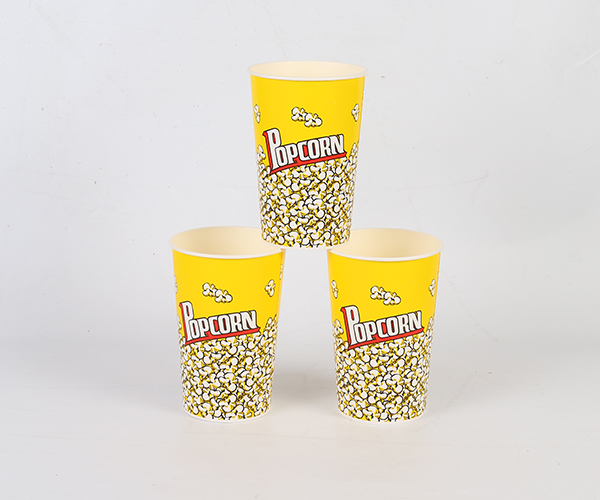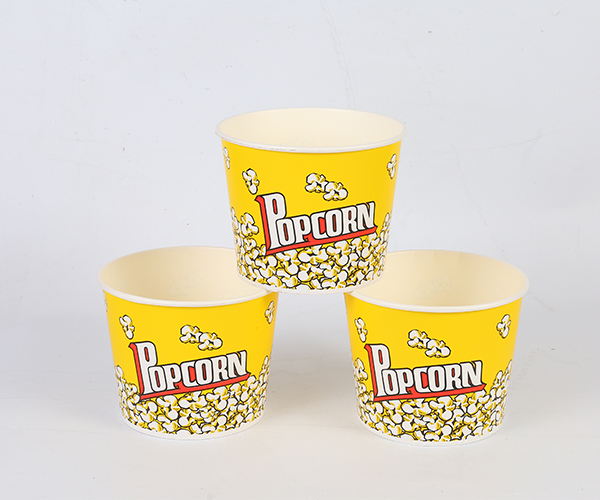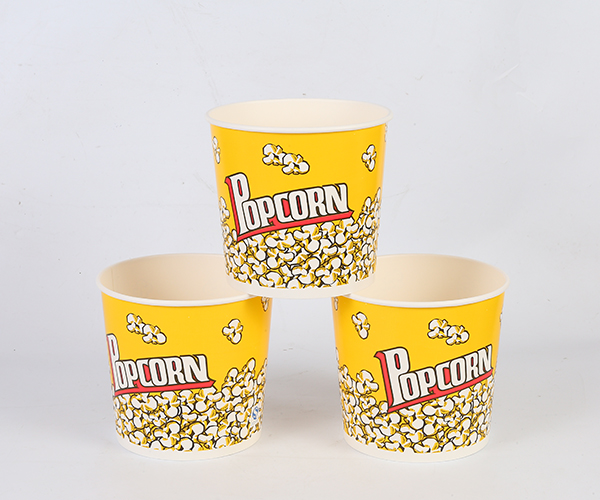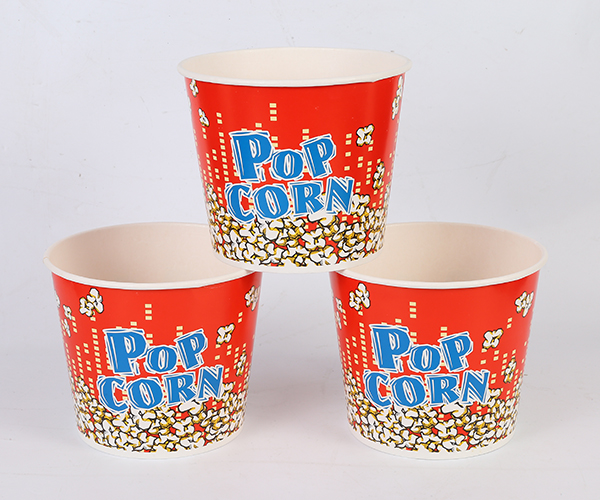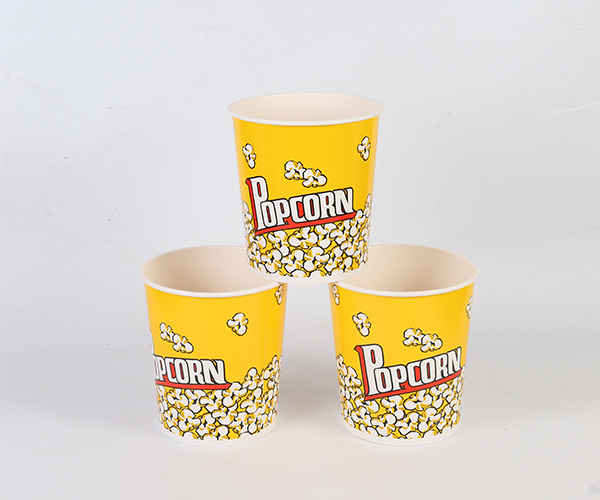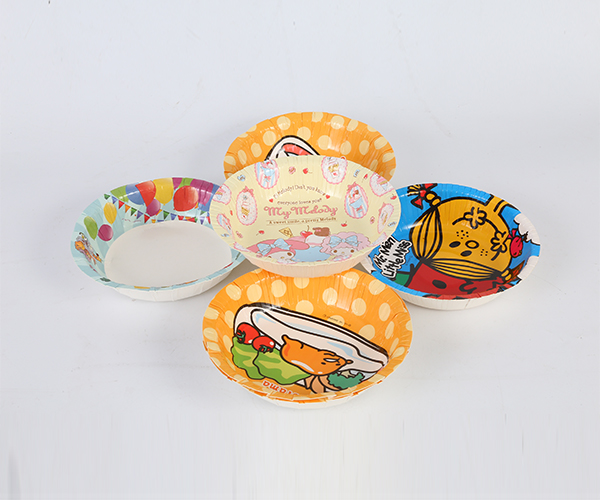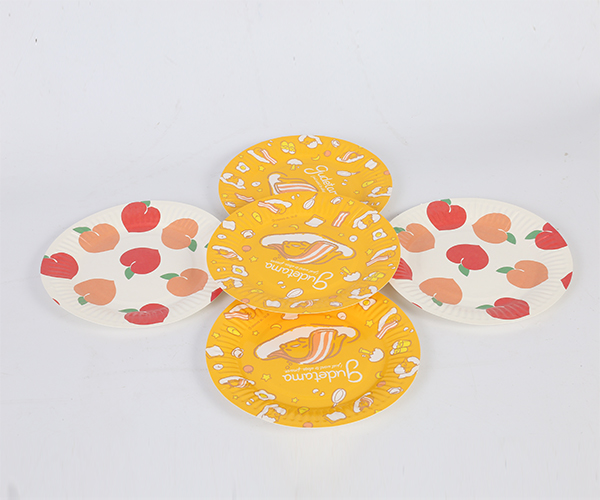Understanding the Design and Purpose of Single-Use Paper Plates
Disposable Paper Plates are manufactured to be used once and discarded. Their construction typically involves lightweight paper or pulp fibers, sometimes coated with a thin layer of wax or plastic to improve moisture resistance. Because they are designed for convenience, cost-efficiency, and cleanup, these products are generally not engineered to withstand repeated washing or handling. This raises the critical question of whether such plates can be reused more than once without posing safety concerns or functional limitations.
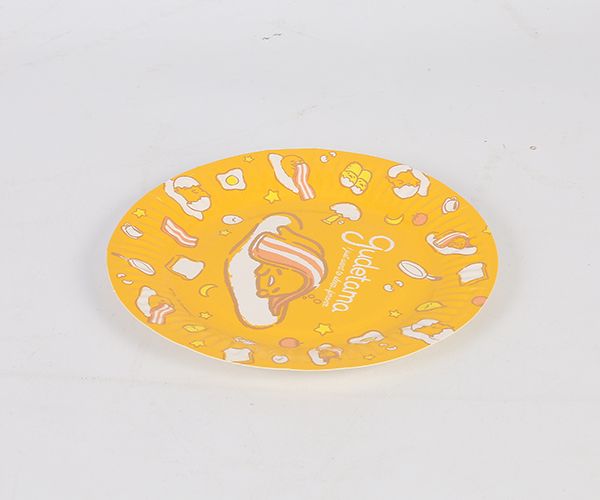
Structural Limitations and Performance Degradation After Use
The apparent barrier to reusing paper plates lies in their physical durability. After the use, especially if the plate has held moist, greasy, or heavy foods, it often becomes warped, softened, or stained. Even coated versions may begin to delaminate or lose their structural integrity after exposure to liquids or oils. Washing a paper plate for reuse is typically not feasible, as the plate is likely to weaken or tear under water and scrubbing. Even attempting to dry it for later use may result in a brittle or misshapen product. Thus, from a purely functional perspective, paper plates are not designed to endure more than one cycle of use.
Hygiene Considerations and Risk of Contamination
Beyond physical limitations, hygiene concerns are a major factor when considering reusing disposable paper products. Food residues left on a plate, even if seemingly minor, can become breeding grounds for bacteria when left at room temperature or exposed to humidity. Attempting to wipe or dry a used paper plate does not guarantee the removal of all microbial contaminants, especially if the material is porous. Reusing plates that previously held meat, dairy, or oily foods increases the risk of foodborne illness. Without the ability to properly sanitize the plate — as would be done with ceramic or plastic dishware — the reuse of paper-based dinnerware becomes a questionable practice from a health standpoint.
Environmental Considerations and Perceived Benefits of Reuse
Some consumers may consider reusing disposable paper products as a means of reducing waste or prolonging the life of single-use items. While the intent may be environmentally responsible, the actual benefit is minimal in some cases. The ecological advantage of paper plates lies in their compostability or biodegradability, not in their reuse potential. Attempting to stretch their use often results in plates ending up in landfills anyway, especially if they become too soiled to compost. Rather than reusing a structurally compromised and potentially contaminated plate, a better alternative would be to choose reusable dishware from the outset or opt for compostable plates made specifically for sturdier performance.
Situational Exceptions and Safer Alternatives
There may be limited scenarios where reusing a paper plate is possible without significant risk, for example, if the plate was used only to serve dry foods like bread or cookies, and remained clean and structurally sound afterward. However, this should be the exception, not the rule. If reuse is desired, products labeled as "heavy-duty" or made from bamboo fiber or sugarcane bagasse offer better performance and are more likely to withstand multiple uses under controlled conditions. Additionally, washable reusable plates made from melamine, ceramic, or stainless steel are far more suitable for repeated use while maintaining safety and durability.
Safety When Considering Reuse
While it might seem cost-effective or environmentally conscious to reuse Disposable Paper Plates, the practice is generally not advisable due to their limited structural integrity and the potential for hygiene-related issues. These plates are crafted for one-time use, and attempting to extend their life often compromises safety, cleanliness, and performance. For those seeking sustainable alternatives, the approach is to use compostable or reusable dishware designed for multiple cycles. Safety and health should always come before convenience, especially when dealing with items intended for food consumption.


 English
English 中文简体
中文简体
